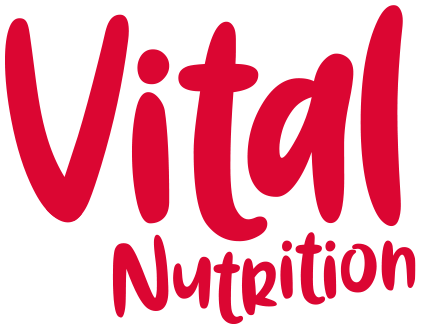Curb your cravings
Are your cravings getting the better of you? Most of us have a food that leads into temptation to want more and more, and it is usually not kale, broccoli or blueberries! Whether your vice is chocolate, crisps or bread, the foods we crave tend to be high in sugar and refined carbohydrates. Their lack of fibre means that they don’t fill us up, and their high sugar content means that they trigger the desire for more and more.
I have been talking to a lot of clients about sugar cravings this week, so I thought I would share some ideas that I shared with them that might help you get a hold of your cravings.
What is your why?
When it comes to food cravings, the first thing to work out is why you are craving the food your crave.
It can be useful to keep a note to see if any patterns start to emerge. Do this for a week or so and you will soon start to see patterns in your cravings.
Once you know why you are craving a particular food, you can work out how to manage it.
Below I have given you a few examples of possible reasons for cravings, alongside ideas for how to manage the craving.
1. Are you hungry?
Often we look for junk food between meals simply because we are hungry.
The solution?
eat more at main meals
fill up with enough protein - aim for a palm size portion with each meal, as protein will help to keep you feeling fuller for longer. Eggs. meat, fish, nuts and seeds, pulses, cheese (feta, goats, cottage), natural or Greek yoghurt and tofu are good sources.
increase your fibre intake at main meals. Like protein, fibre leaves us more satiated by what we eat, so opt for wholegrains rather than white and refined foods.
if you are hungry for a snack, then eat something better - have some healthy snacks handy that will add a little pop of nutrition to your day: yoghurt, nuts and seeds, oatcakes and cheese or houmous and carrot sticks are a good idea.
2. Is it a habit?
Do you find yourself reaching for a snack just because it is 3pm, or when you sit down to relax in the evening?
Break your habit and try something new:
change your routine - go for a quick walk, or even just sit somewhere else after dinner
pick up a book rather than switching the TV on
If you always want a biscuit or a bar with a cup of tea, try drinking herbal tea instead, or make up a batch of healthy flapjacks and have them in the cupboard instead.
3. Are you comfort eating?
When we feel bored, low, down or depressed, food can fill a void and make us feel a little better, even just temporarily.
Keeping a food and mood diary can help.
Solution?
work out why you might be feeling low
phone a friend
do something that you know makes you feel better
4. All-or-nothing dieter
If you are a dieter, then you may have an all-or-nothing attitude to food and dieting. Maybe when you eat something that you consider ‘bad’, ‘unhealthy’ or ‘junk food’, it sets you off on a spiral.
Solution?
Changing your attitude to food can be tricky, but here is a technique I have used with clients for years that can be helpful:
allow yourself to eat something you consider 'bad' or 'unhealthy' a couple of times a week
set yourself a time or a day each week, when you will eat this food, e.g it could be a Friday and Sunday
It must be the same day each week
Sit down and really enjoy the food
Once you stop enjoying it, stop eating it
You will find that after a while, cravings for the food will reduce and become much more manageable, so that you are able to control your cravings, rather than feeling that your cravings are in control of your appetite! You may even find yourself getting to the stage where you could take it or leave it!
This blog post first appeared as my column in The Irish News on Saturday 24 April 2021.

